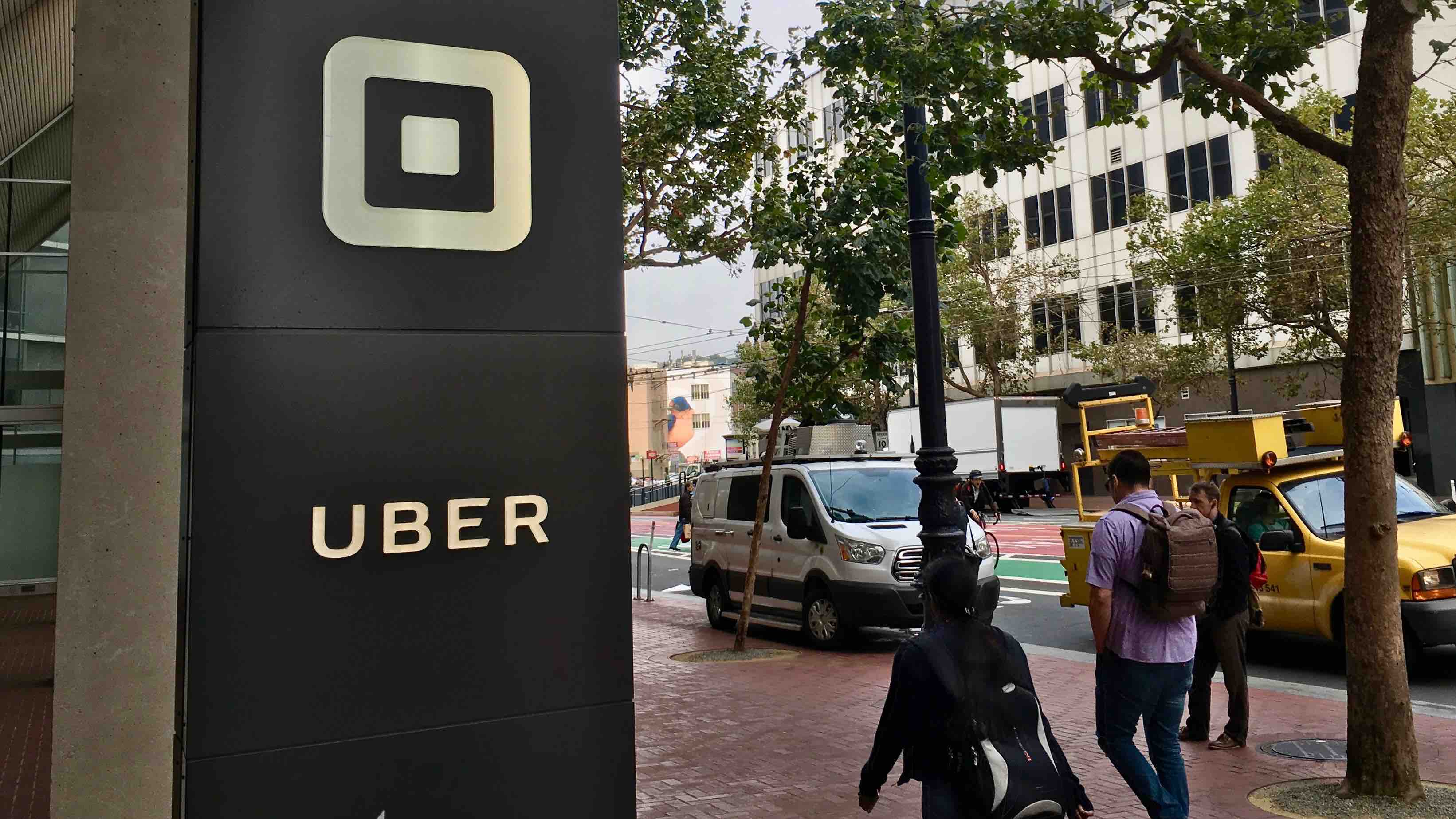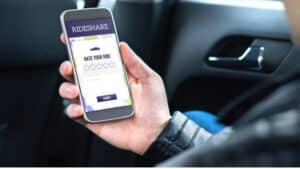
This is the final installment of this series on “on demand rideshare” services such as Uber and Lyft. Here is a comparison of some critical safety issues between taxi services and “on demand rideshare” services. I want to make it clear, I have no disagreement with someone trying to make a buck or find a new green transport system. I have a real problem with an corporation disguising itself as an “app,” taking 20% and then leaving everyone hanging while they go off smiling to the bank.
Most taxi drivers are, by law, employees therefore making the taxi company liable for any injury or harm caused while they are operating in the scope and course of their employment. Taxi drivers are covered by worker’s compensation, which provides for medical coverage and wage loss reimbursement, if a driver is injured while working.
If you are a Lyft or Uber driver and get injured you have no protection. Your car may be totaled, you may be in the hospital and unable to work, you will have no financial assistance during the period of your injury, your insurance company may dump you, you may get sued and lose everything. Bleak, I know, but life is harsh.
Limousine, jitney and taxi services engage in a pull notice program which is administered by the California Department of Motor Vehicles. It provides employers and regulatory agencies with a means of promoting driver safety through the ongoing review of driver records (generally every six months). Rideshare companies, by the nature of their attempts to distance themselves from their drivers, do not.
Taxis can’t refuse any prospective passenger in any place within the City for transportation to any other place in the City, or to or from the San Francisco International Airport, or to the Oakland International Airport, at rates authorized by law, if the prospective passengers present themselves for transportation in a clean, coherent, safe and orderly manner. Lyft and Uber drivers can discriminate on the basis of race, disability, etc.
All Taxis are inspected by the SFMTA or its designee, every six months if they are used as spare vehicles or have 200,000 miles or more on the odometer, and every 12 months for regular vehicles, at a date and time designated by the SFMTA. At the time of inspection they must present a valid registration and a valid and current Brake Certificate issued by an official inspection station certified by the State of California within 60 days prior to inspection. “Rideshare” vehicles are not required to undergo by any government entity. You just have to trust that the car remains in good shape.
Taxi drivers must undergo 16 hours of driver education offered by the S.F.P.D. or any educational institution which the Police may approve on the following subjects: crime prevention; vehicular safety; the geography of the City and County of San Francisco; taxicab rules and regulations; the California Motor Vehicle Code & pedestrian safety. “Rideshare services” do not provide any such education.
I hope this series has been helpful to both prospective drivers and passengers. You passengers will have to decide for yourselves whether forgoing your constitutional rights, liability protection, and potentially safety is worth a “fist bump” and a ride across town in a ridiculous looking pink mustached car. To you drivers, do you want to put yourselves at risk of losing everything, your lives, your car, your health, your income all so that you can give 20% to a company that will run from you if you are in an accident?
I have learned a lot writing these three columns and I have undertaken some effort to become a part of the PUC regulations process to try and offer protection to both the passengers and drivers. In the meantime, if you see a guy being chased by a pink mustache, that probably will be me!









